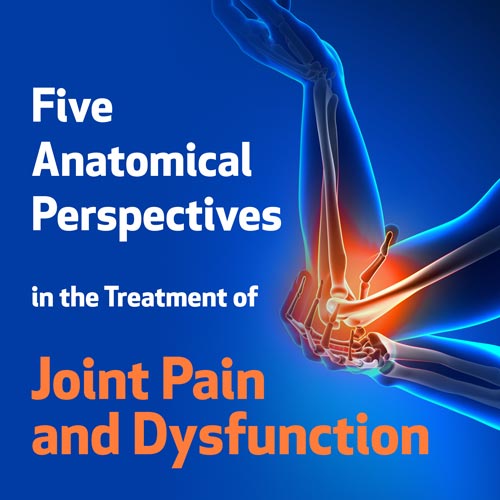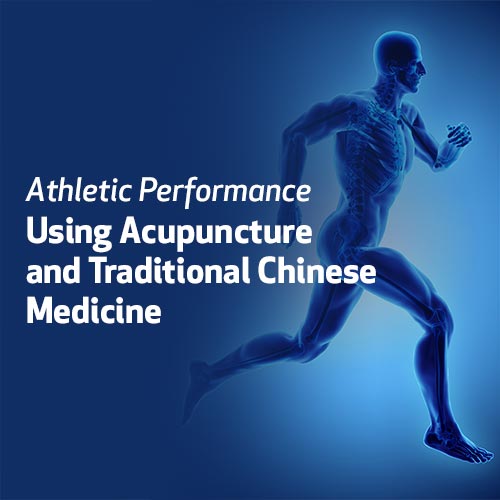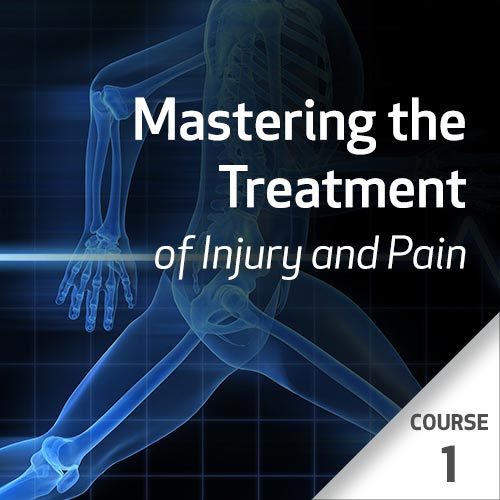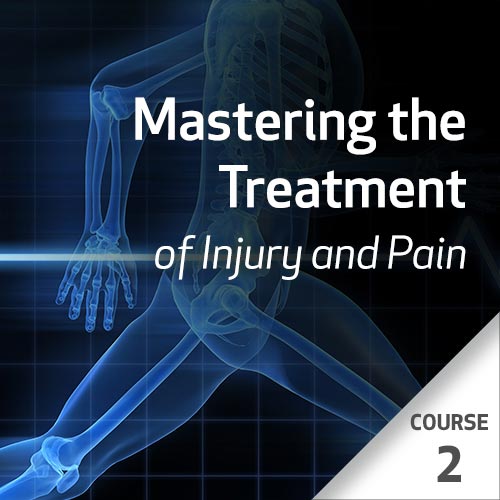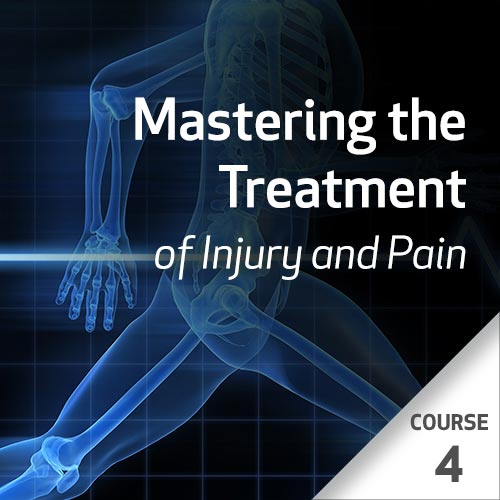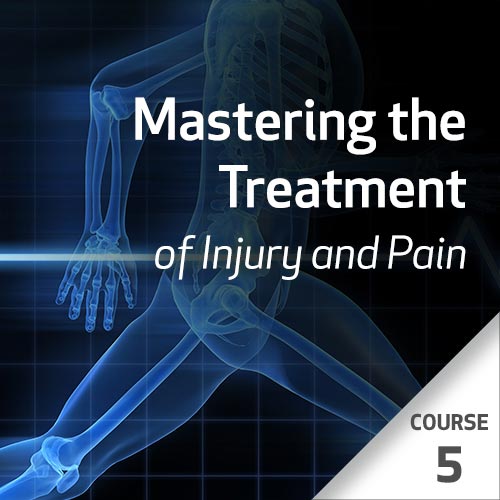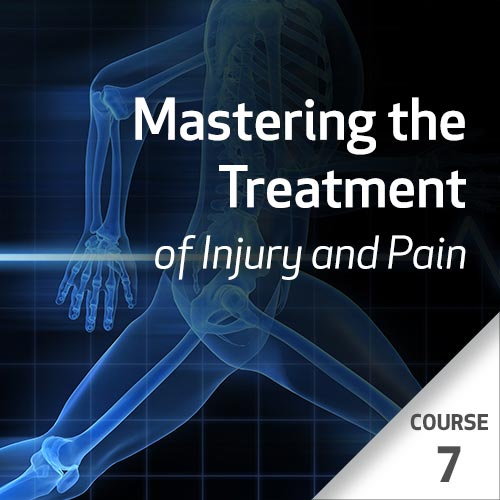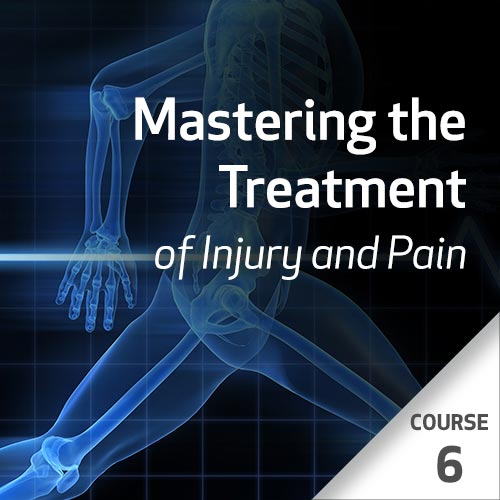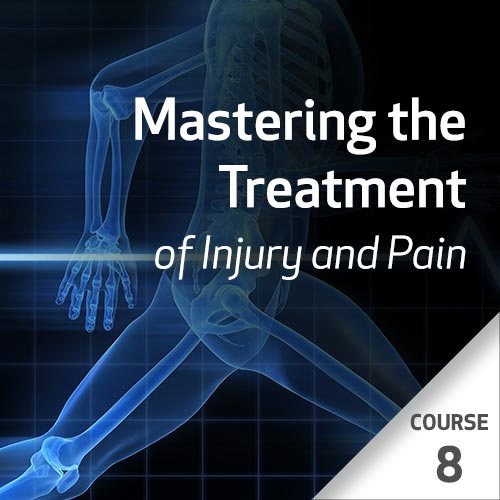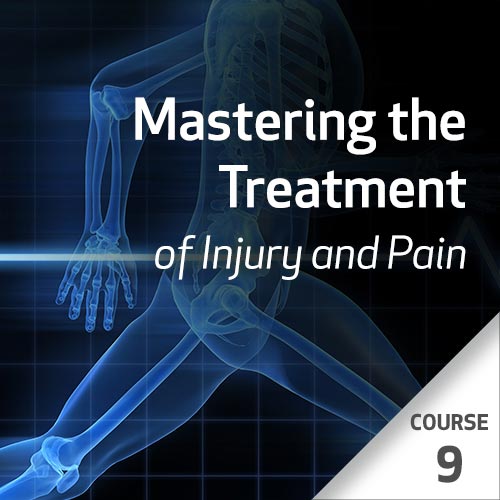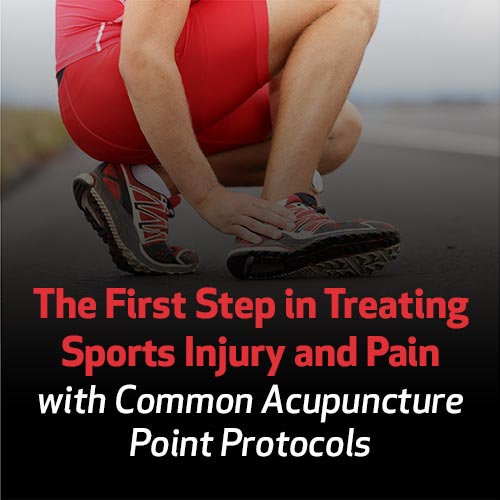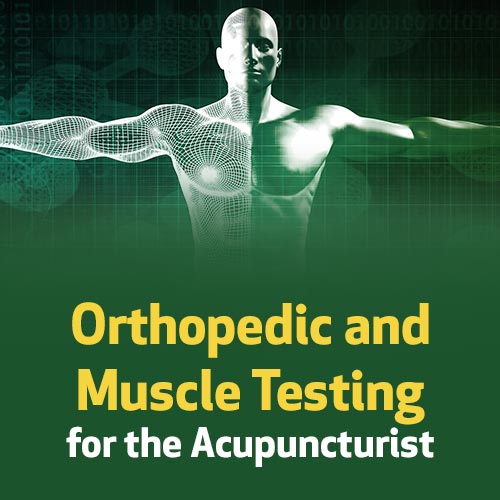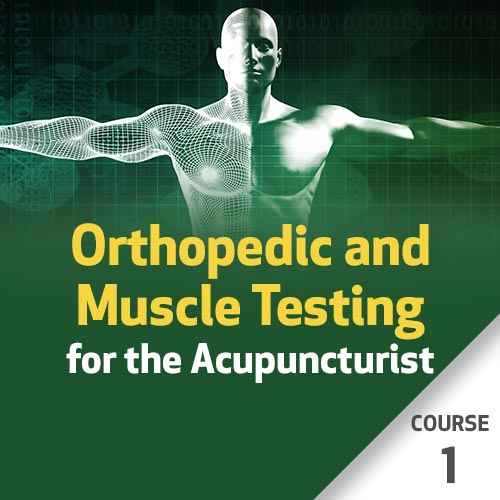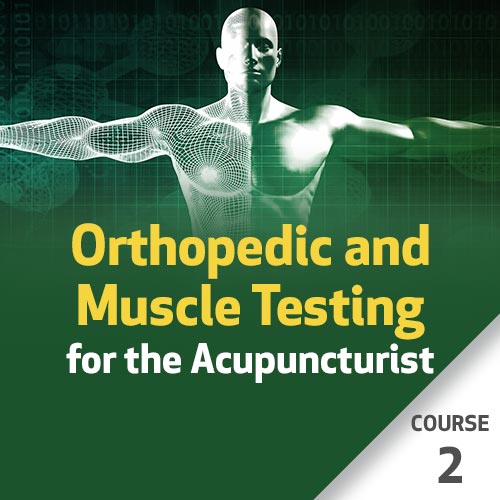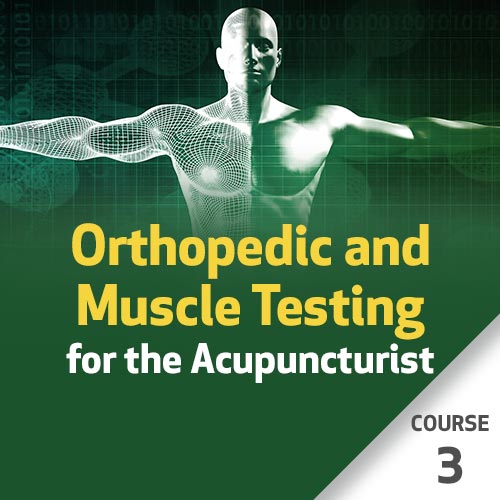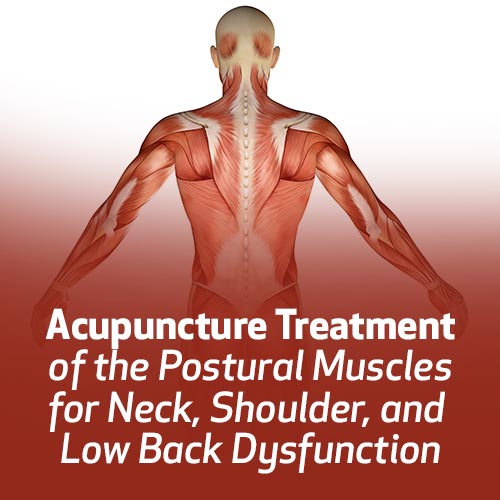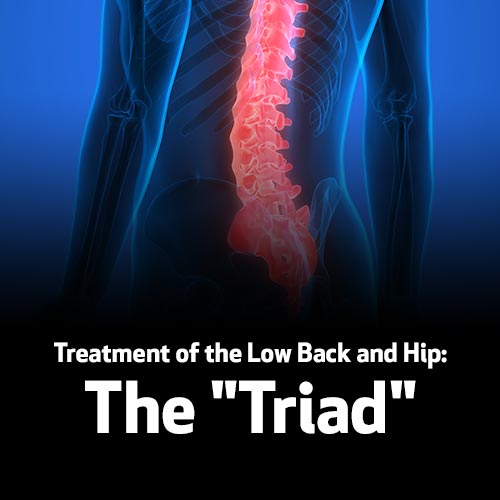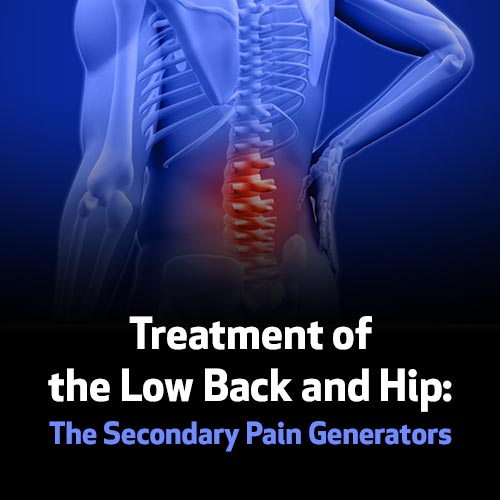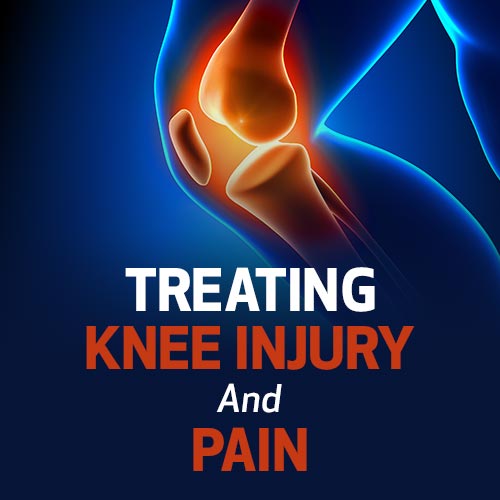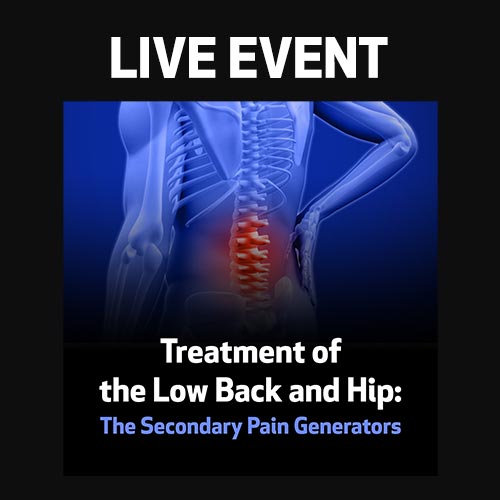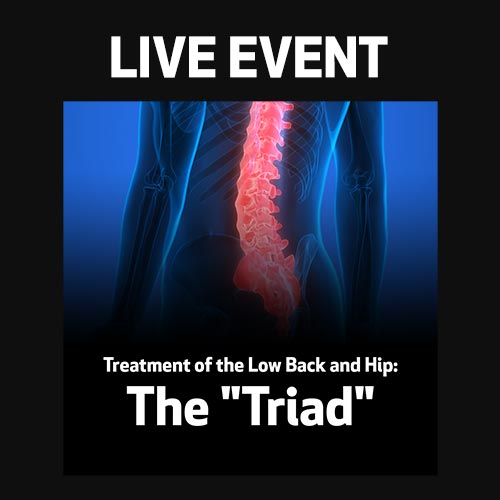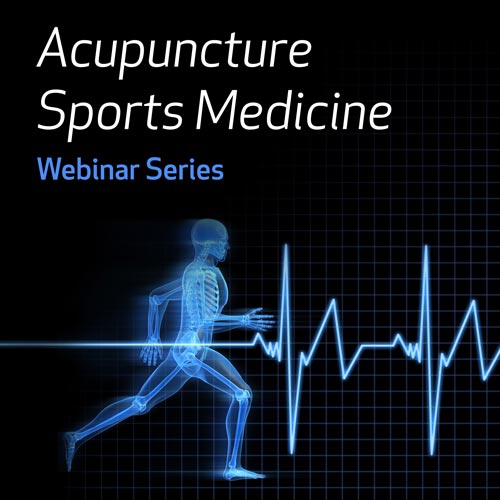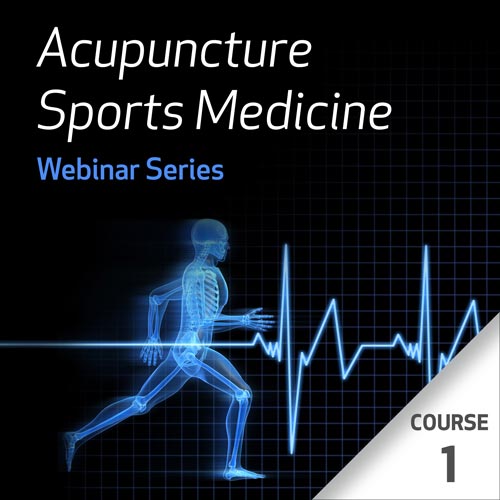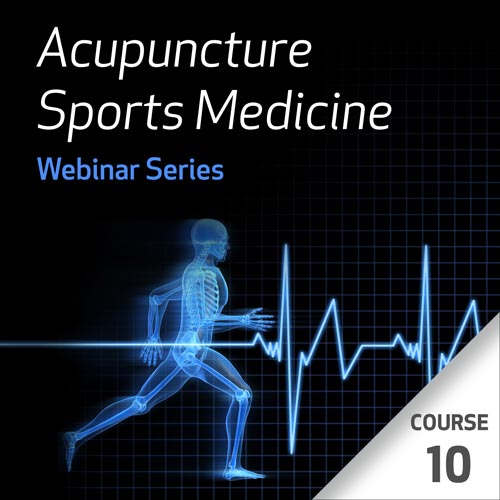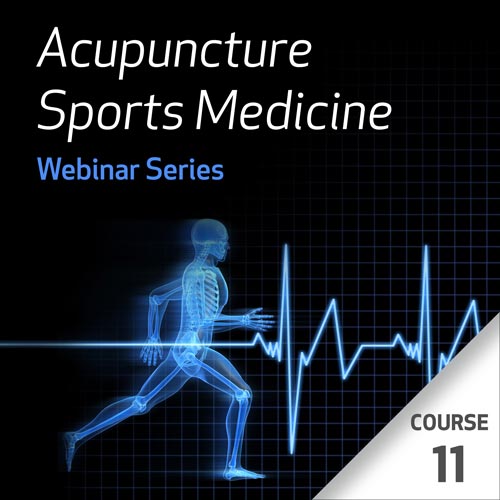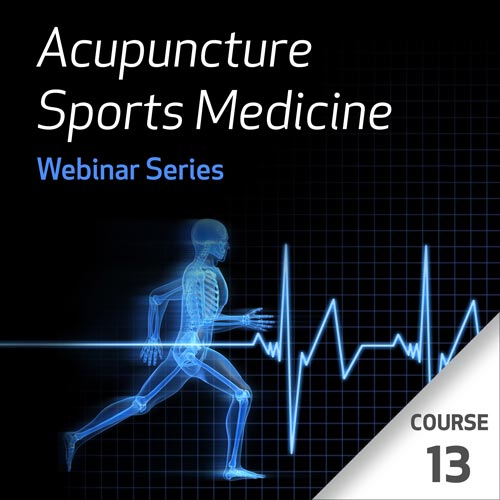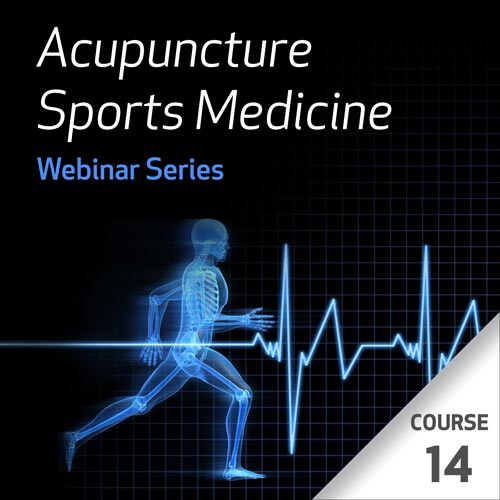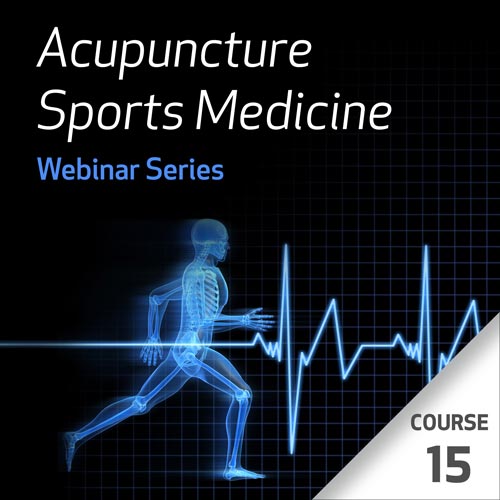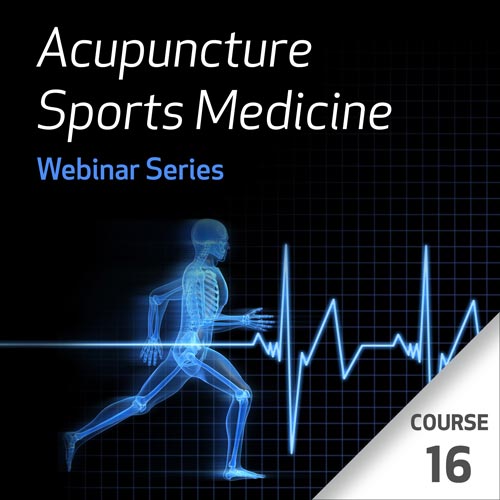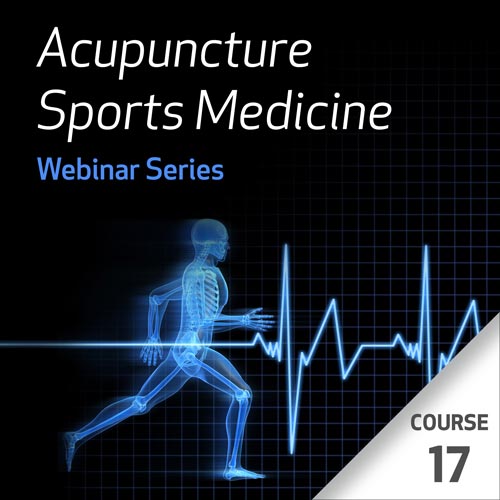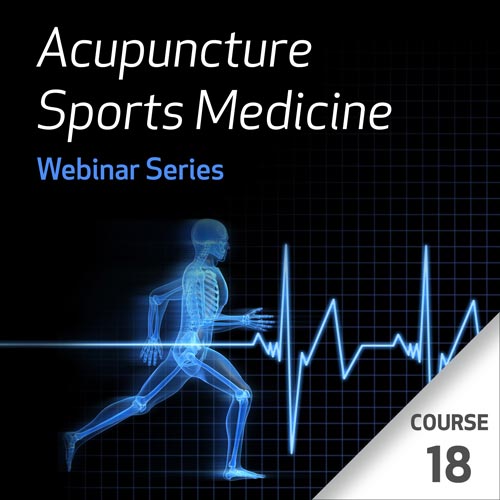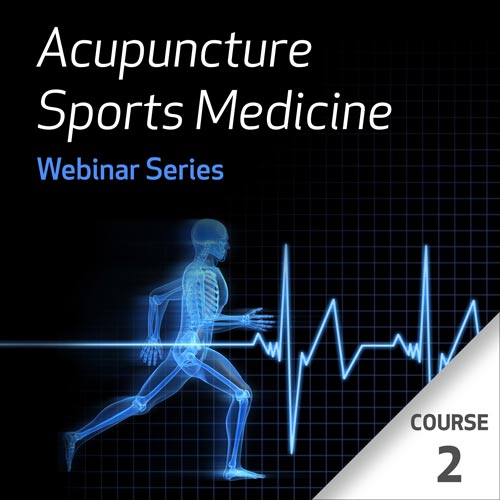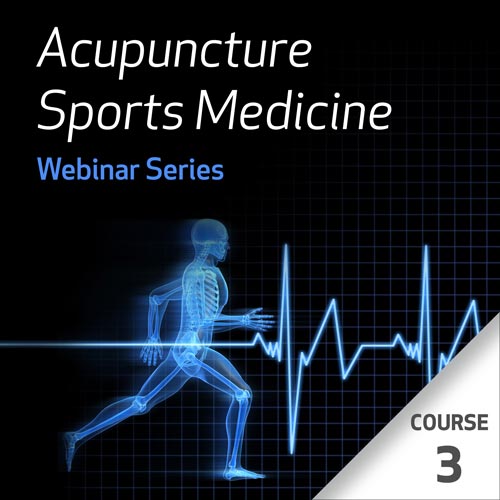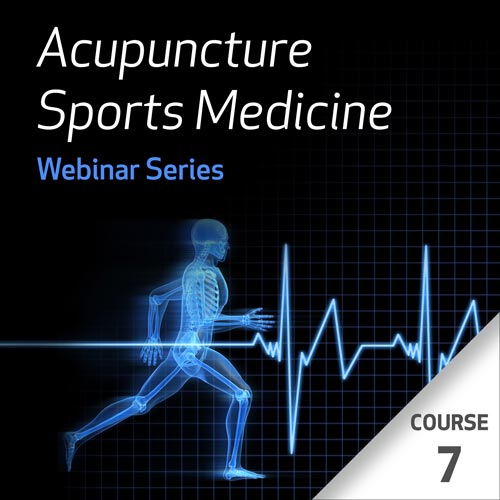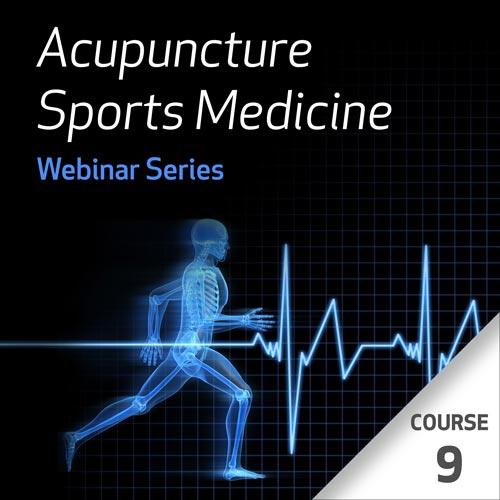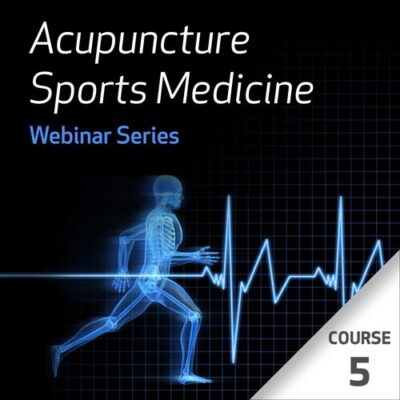Visão Geral Do Curso
Tennis elbow, or epicondylitis, presents with pain in the elbow at the lateral epicondyle and distally along the extensor tendon and muscles of the forearm. Usually a repetitive stress injury, it is characterized by inflammation and irritation of the forearm extensors and possibly the supinators. This is a typical sports injury, with the site of trauma occurring frequently on a yang surface (the extensors). It is much more common than medial epicondylitis, on the flexor muscle group of the yin surface.
Like many overuse injuries, its onset is insidious. There is often no specific traumatic event associated with the start of symptoms. However, the patient is predictably involved in recreational activities that require repetitive and vigorous use of the forearm muscles – like tennis and other racquet sports. Occupational stresses, such as construction work, also result in the injury. Similarly, the effects of computer keyboarding and utilizing a mouse, can also act as a stress to the extensor group.
The Large Intestine and San Jiao meridians encompass the region of the extensor muscles. However, neither of these two channels precisely encompass the lateral epicondyle. Hence, distal points may be difficult to determine, and the practitioner will need some “trick” techniques to treat this condition. As Whitfield Reaves will discuss in the webinar, the complexity of the anatomical structure of the common extensor tendon makes even local and adjacent needling more difficult than what some practitioners may want to admit.
This series was introduced in 2011, and is based upon single individual sports injuries. Each course provides simple and direct video for first time viewing as well as to increase precision through repetition. Even if you have taken the newer series, Mastering the Treatment of Injury and Pain, this old series is still an excellent resource for review and is filled with clinical gems.
Objetivos
-
To perform two orthopedic tests that assist in the diagnosis of the condition.
-
To use palpation in order to diagnose the condition.
-
To know two non-local treatments that may be used in the treatment of the condition.
-
To be able to describe needle technique on the local zone of the epicondyle.
-
To be able to describe needle technique on the local zone of the extensor tendon.
Descrição
0 hrs - 15 min
Review the anatomy of the forearm and extensor muscles.
15 min - 30 min
Clinical assessment of the pathology of the extensor muscles.
30 min - 45 min
Demonstration of assessment techniques.
45 min - 1 hrs
Demonstration of needling techniques.
Testemunhos
-
Katherine W. (United States)
Este foi um curso muito relevante que usarei muito em minha prática. (Traduzido automaticamente da EN)
-
Jennifer L. (United States of America)
Eu recomendo fazer os cursos de acupuntura ortopédica de Whitfield. Ele é muito experiente e conhecedor e apresenta bem o material. Mal posso esperar para aprender mais em suas sessões de treinamento presenciais. (Traduzido automaticamente da EN)
-
Kingsley A. (Australia)
Fantástico; Whitfield tem uma riqueza de conhecimento para compartilhar sobre o tema da acupuntura esportiva. (Traduzido automaticamente da EN)
Testemunhos
Este foi um curso muito relevante que usarei muito em minha prática. (Traduzido automaticamente da EN)
Katherine W. (United States)
Eu recomendo fazer os cursos de acupuntura ortopédica de Whitfield. Ele é muito experiente e conhecedor e apresenta bem o material. Mal posso esperar para aprender mais em suas sessões de treinamento presenciais. (Traduzido automaticamente da EN)
Jennifer L. (United States of America)
Fantástico; Whitfield tem uma riqueza de conhecimento para compartilhar sobre o tema da acupuntura esportiva. (Traduzido automaticamente da EN)
Kingsley A. (Australia)
Este breve webinar está repleto de informações úteis e clinicamente relevantes. O estilo de ensino de Whit é revigorante. Embora esses webinars sejam pré-gravados e sem público ao vivo, sempre sinto que Whit está falando diretamente comigo, em vez de ler suas anotações. Os questionários também são muito acessíveis. Estou ansioso por mais webinars com Whit. (Traduzido automaticamente da EN)
Corrine W. (Canada)
Eu realmente aprecio os ensinamentos do Sr. Reaves que são claros, concisos e são uma abordagem metodológica para explicar síndromes e tratamentos e relacionar patologias modernas com abordagens mais modernas e como se relacionam com tratamentos mais tradicionais. (Traduzido automaticamente da EN)
Christine O. (Canada)
Professor fácil de seguir. (Traduzido automaticamente da EN)
Alexandra B. (Canada)
Eu amo o sistema de ortopedia de Whitfields. É claro, direto e obtém resultados. (Traduzido automaticamente da EN)
Wendy B. (United States)
Participei de onze webinars de Whitfield Reeves e nunca me decepcionei. As informações são transmitidas com clareza e baseadas em sua experiência clínica real, não em teorias sobre o que deveria funcionar. Cada aula me deu informações que são imediatamente aplicáveis à minha prática de acupuntura. Obrigado! (Traduzido automaticamente da EN)
Cheryl E. (United States)
Professor
Whitfield Reaves
In practice for over 40 years, Whitfield Reaves, OMD, L.Ac., specializes in the field of sports medicine. Being in the forefront of the acupuncture sports medicine field, Whitfield's experience includes working with athletes at the 1984 LA Olympic Games at the 1984 LA Olympic Games and countless other sport competitions since. He is an author, he teaches internationally as well.
Aviso Legal
Please read these important disclaimers before purchasing:
...



